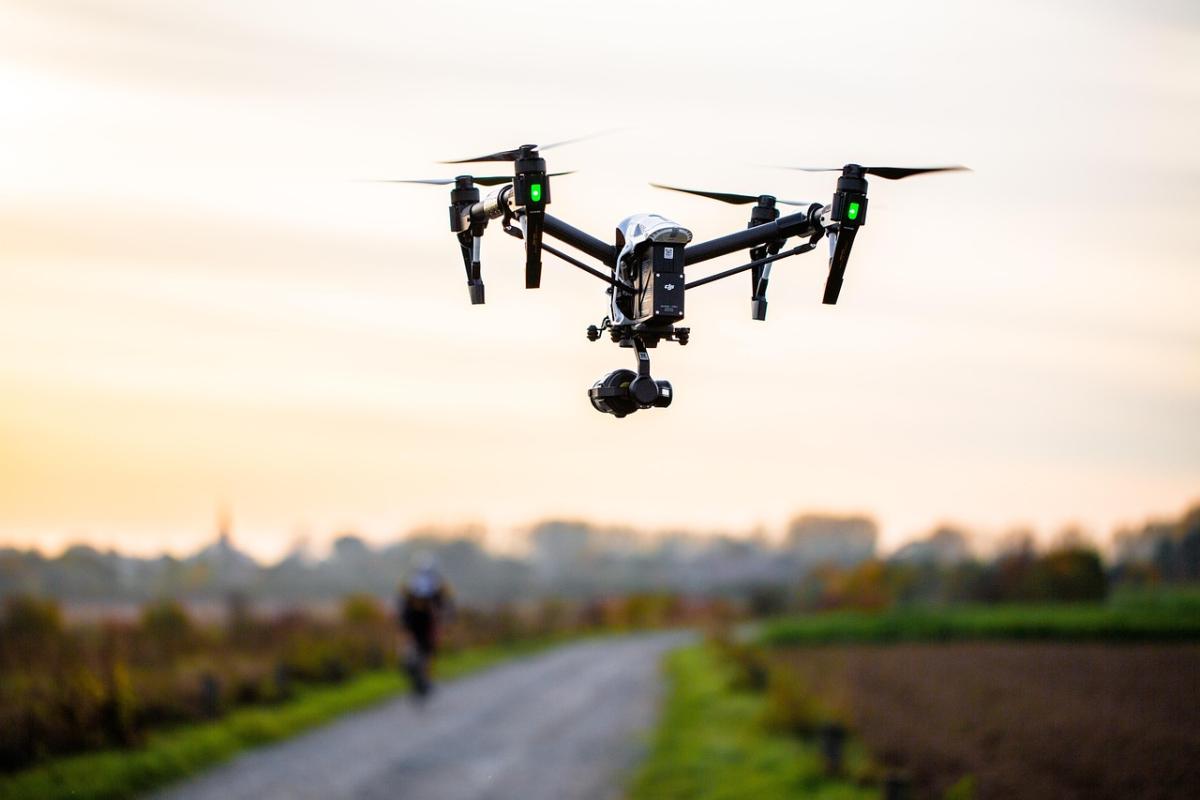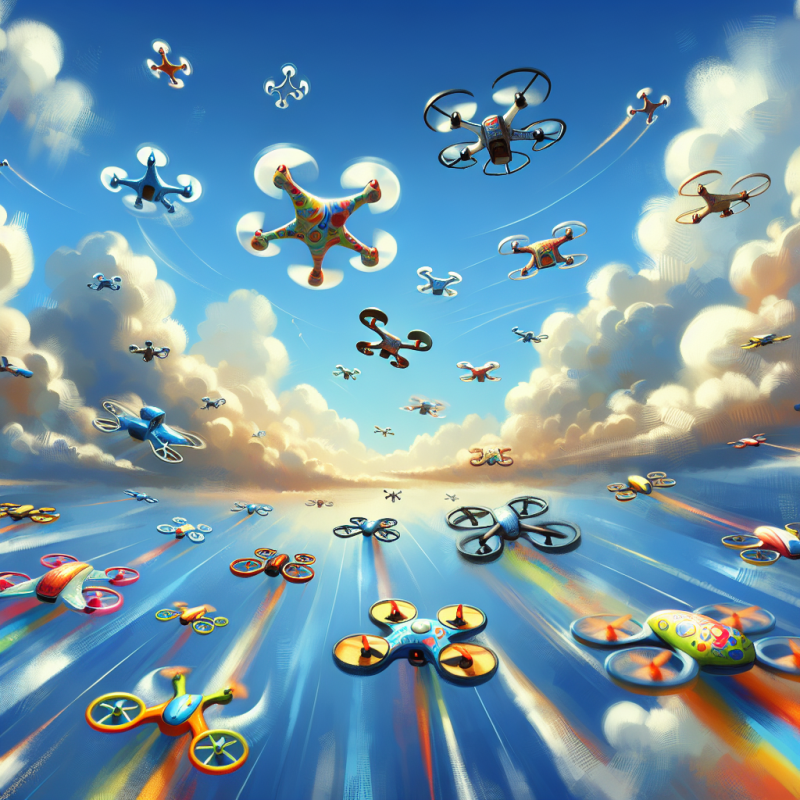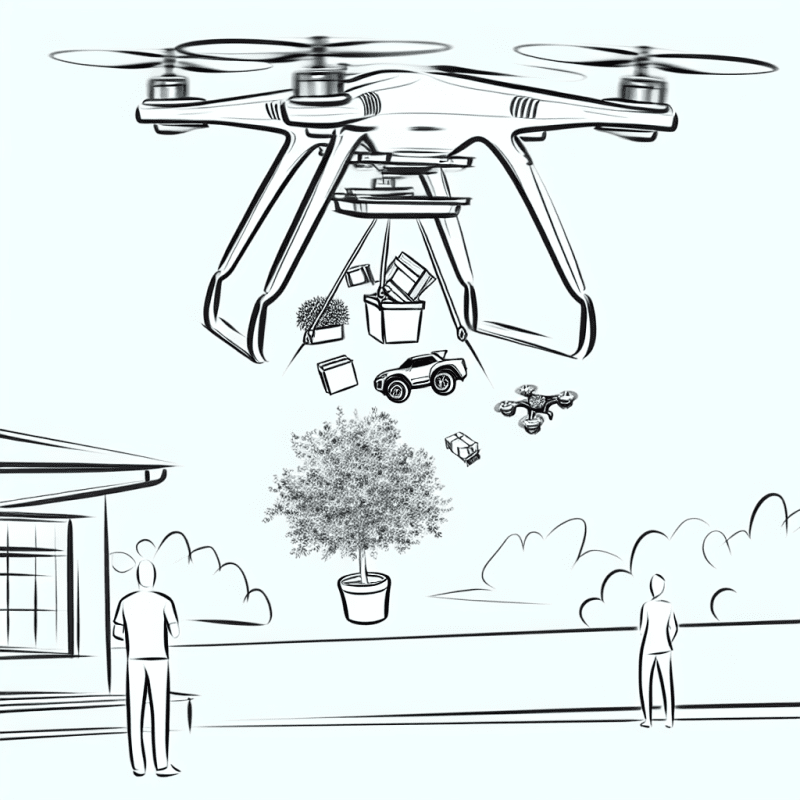Drones are everywhere—from hobbyists capturing scenic aerial footage to professionals using them for inspections, surveillance, and even deliveries. At the heart of this rapidly growing technology is the quadcopter, one of the most popular types of unmanned aerial vehicles (UAVs). But how does a quadcopter actually work?
Let’s break it down—from its rotors and batteries, to its flight control systems and the physics that keep it airborne.
1. The Basic Structure of a Quadcopter
A quadcopter (also called a quad rotor or quad copter) is a type of multirotor aircraft that uses four propellers, usually arranged in an “X” or “+” configuration. These rotors are connected to a frame, often made from carbon fiber or lightweight plastics, and powered by brushless motors.
Each rotor is powered by its own electronic speed controller (ESC), which regulates the motor’s RPMs (rotations per minute). The lithium polymer (LiPo) battery powers the entire drone, including motors, flight controller, camera drone systems, and telemetry modules.
2. Lift and Propulsion: The Role of Propellers
To take off, each of the four propellers spins at a high speed, generating thrust. For a quadcopter to lift vertically off the ground, the force of the rotating propellers must exceed the pull of gravity on its airframe and payload.
Two propellers spin clockwise, and the other two spin counterclockwise. This counter-rotation balances the angular momentum, keeping the drone from spinning uncontrollably. By adjusting the speed of individual rotors using the transmitter, the drone can hover, rotate, tilt, or move forward, backward, or side to side.
These movements are defined as:
-
Pitch (tilt forward/backward)
-
Roll (tilt left/right)
-
Yaw (rotate left/right)
This complex coordination is managed in real time by the drone’s flight controller, an onboard computer equipped with gyroscopes, accelerometers, and sometimes a GPS module.
3. Flight Control: Stabilization and Direction
Modern RTF (Ready-To-Fly) quadcopters like the DJI Phantom, Hubsan X4, or Parrot Bebop come with advanced stabilization features. These include:
-
Altitude hold: Keeps the drone at a constant height using barometric sensors or GPS.
-
Headless mode: Orientation-independent flight ideal for beginners.
-
Autopilot: Pre-programmed missions that allow drones to fly autonomously.
-
Obstacle avoidance: Sensors detect and avoid objects mid-flight.
The remote controller or transmitter connects to the quadcopter via radio frequencies (commonly 2.4GHz or 5.8GHz), sending input signals to manage the drone's maneuvers.
4. Power System: Battery Life and Motor Control
Quadcopters run on LiPo batteries, which offer high energy density and quick discharge rates. These batteries power both the motors and onboard systems like the camera, gimbal, GPS, and telemetry sensors.
Battery life affects flight time, which can range from 5 minutes on a nano drone to over 30 minutes on a professional drone like the DJI Mavic 3. Factors like payload, wind resistance, and propeller size directly influence power consumption.
A brushless motor provides higher efficiency and durability than brushed motors, which is why it’s the standard in modern camera drones and racing drones.
5. Sensors and Camera Systems
Advanced drones come with 4K cameras, axis gimbals for image stabilization, and FPV (First Person View) systems that transmit live video to a monitor or FPV goggles. Sensors include:
-
Gyroscope – For maintaining orientation and hovering.
-
Accelerometer – Measures movement and tilt.
-
Barometer – Detects altitude.
-
GPS – Enables autonomous flight and geofencing.
These components allow drones to capture aerial photography, perform drone racing, and complete search-and-rescue missions or agricultural surveys.
6. Flying a Quadcopter: Learning the Controls
Most quadcopters follow a similar control scheme:
-
Left stick – Throttle (up/down) and yaw (rotate left/right)
-
Right stick – Pitch (forward/backward) and roll (left/right)
To learn how to fly, many hobbyists start with a simulator before flying a mini drone. Practicing on a nano drone reduces the risk of crashes and helps understand flight mechanics before piloting larger unmanned aircraft.
7. Advanced Technologies in Quadcopter Systems
Leading drone brands like DJI, Yuneec, and Autel are pushing the limits of drone technology. New features include:
-
Return-to-home (RTH) automation
-
Follow-me mode
-
Geo-fencing
-
Dual GPS & GLONASS positioning
-
AI-powered flight planning
All these systems rely on the precise integration of hardware (motors, sensors, camera mounts) and software (firmware updates, AI flight logs, telemetry).
Conclusion
A quadcopter works by combining physics, engineering, and computing into a compact, maneuverable flying machine. From autonomous flight modes to real-time stabilization and high-definition video capture, it’s a marvel of modern robotics and aerospace design.
Whether you're a beginner with a mini drone, or a professional capturing cinematic aerial footage, understanding how a quadcopter works opens up a whole new world of hobbyist excitement, professional innovation, and even commercial opportunities.



